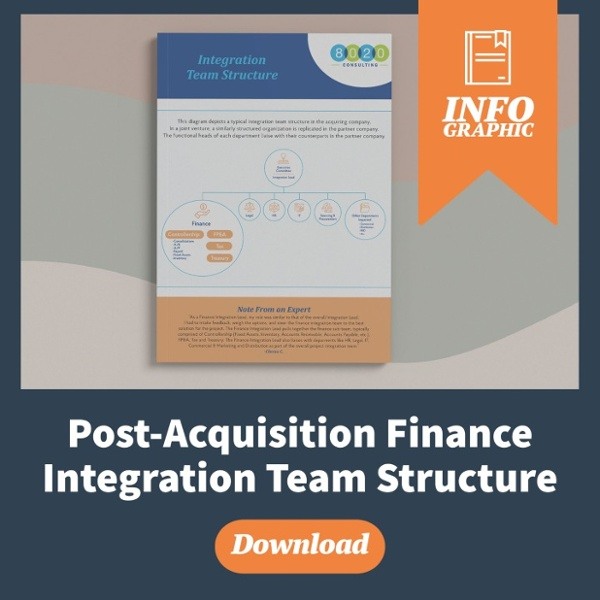The nature of licensing and acquisition deals has been changing. The increased pressure for liquidity has driven many companies to consider the sale or licensure of assets. This article focuses on elements of deal structure, due diligence and integration management that an acquiring company should consider when approached by an interested seller.
Shifts in Deal Structure and Value Exchange
Some investors are looking to realize gains on their investments during these uncertain economic times.
As a result, many companies are seeking to sell or out-license technology to enable these exits. These companies tend to find success pitching themselves as an absorption or tuck-in deal target to larger companies in their industry. Alternatively, they can opt to license their product in undeveloped markets, thereby securing liquidity for their investors.
There are buy-side licensing and acquisition opportunities as well when your company is the one being pitched. Buyers can expedite closing windows in exchange for value, negotiate a license instead of a purchase to test the waters while providing needed capital the target or negotiate terms based on recent performance. To incent certain buyers, sellers are increasingly considering flexible deal structures based on a shared value structure. This allows the buyer to potentially realize better returns on their investment.
Considering an unsolicited licensing and acquisition offer may seem risky. However, there could be significant value if the target company or product is a good fit, and the company is simply facing financial constraints.
Prioritize Due Diligence Early On
Starting target due diligence early is key for both parties. The likelihood of a successful transaction increases as key information is shared upfront, and the likelihood of excessive diligence costs decreases when a lack of fit or deal-breaking issues are found.
Ensuring pre-diligence is completed quickly will benefit both the buyer and seller – especially where a new buyer is needed, another transaction type needs to be considered or when the target is simply cash tight.
The goal of initial diligence should be to ultimately inform a mutually beneficial deal structure. Both parties should quickly identify their asks and determine alignment. Focus should also include early identification of any material legal or jurisdictional constraints that would impede a quick closing.
Deeper due diligence should include detailed historical financial analysis to define potential synergies or cost reductions on the P&L, to disclose any off-balance sheet or contractual liabilities and provide an understanding of cash flows. Employee compensation, potential signing bonuses and other existing incentive plans should be reviewed as potential employee acquisition costs. And consideration should be given to performing detailed customer due diligence, especially if the target company is younger, has related party customers or has shorter contract windows.
The identification of a dedicated transaction lead to oversee the entire transaction process will provide continuity to the deal process. If the close window is tight, having more than one person run different parts of the process could create missed communication risks and deal delays. Often, the role of a transaction lead can be outsourced to one that is more experienced with handling transaction diligence, valuation and post-merger integration management.
The initial deal structure should be agreed to and board approvals gained. Assuming that the final deal points will evolve rapidly over the course of the diligence period, each party should have their own price at which they will walk away from the deal. This could be based on cash available at closing or an internal hurdle rate but this will ensure time is not wasted.
Key structural points requiring agreement and board approval should include:
- Licensing vs. Acquisition
- Deal parameters such as asset/IP only or employee inclusive
- Single lump sum purchase price – with or without delayed compensation components
- Estimation of expected integration costs, employee compensation and additional capital investments that would likely be required
- Exclusions for specific liabilities, legal or commercial hurdles
- Expected, although not yet quantified, synergies from the deal
- If Licensing, general alignment or accepted divergence from the existing portfolio strategy
- Agreement from the target’s investors to proceed based on deal concept
- Expected timing to close
Feedback should be sought and buy-in expected to proceed past early diligence.
Integration Planning
Assuming the transaction makes it past early due diligence, a concerted effort should be made regarding planning for the integration in advance of the closing – whether it is an asset or IP being licensed or a set of customer contracts or the entire company that is being acquired.
The post-close integration work should continue to be led by the previously identified transaction lead given the inherent knowledge base gained throughout the deal. The post-close process should track against a detailed checklist with target deadlines for each workflow stream including: GTM (go-to-market) strategy development, communications, IT, legal, finance and HR. A team of dedicated support leaders across these functional areas will ensure the success of the transaction.
At the end of the day, it is execution that matters. Strategy will inform the objectives and methodology, and the transaction lead will manage the workflow. But it will be the teams’ ability to execute on the integration steps that will drive the success of any transaction, be it a licensing and acquisition transaction or another type.
If you’re interested in bringing in a transaction support specialist, we invite you to visit our M&A and due diligence support page to learn more about our work. You can also contact us to start a dialog, and we can offer additional insight into how we might support your transaction.
If you’d like to learn more about the nuances of structuring teams post-integration, you can also download our infographic:

